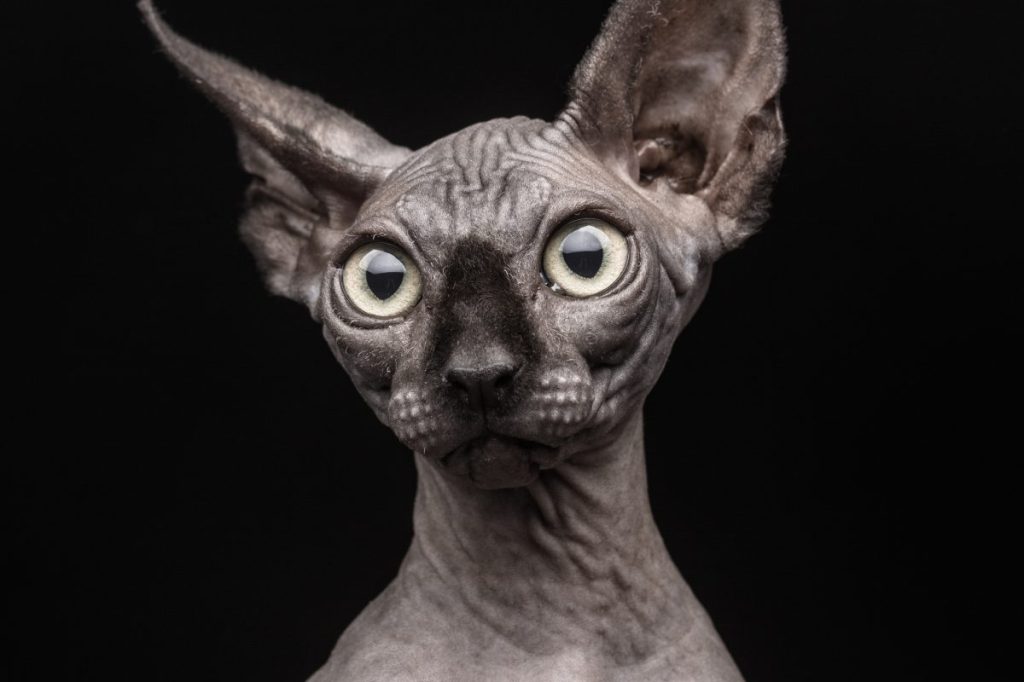Sphynx cats, often referred to as the “naked cat,” is one of the most distinctive and unique breeds in the feline world. What sets the Sphynx apart is its striking lack of fur, revealing a warm and inviting personality that has captivated cat lovers worldwide. This remarkable breed, with its sleek and smooth skin, exudes a sense of elegance and charm,…

When it comes to water, many felines seem to have their own set of unspoken rules — and some simply…
